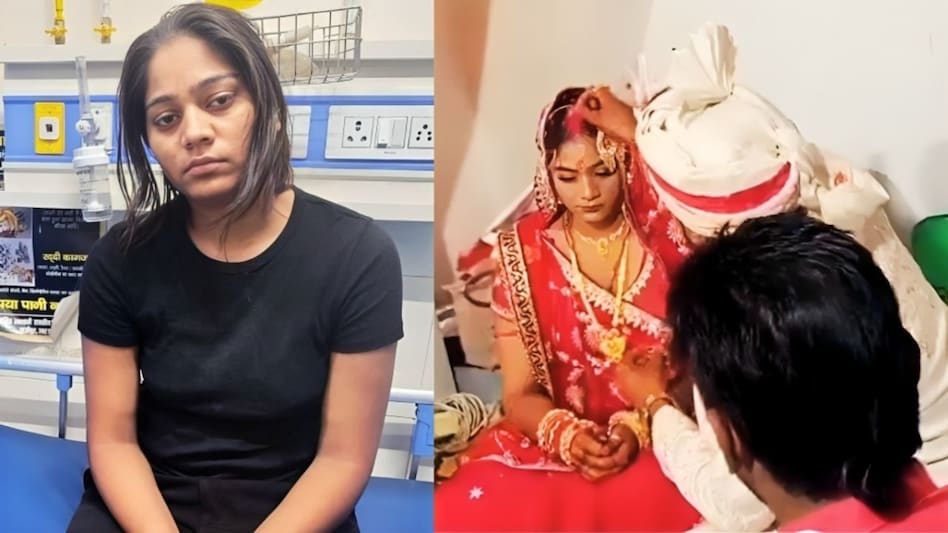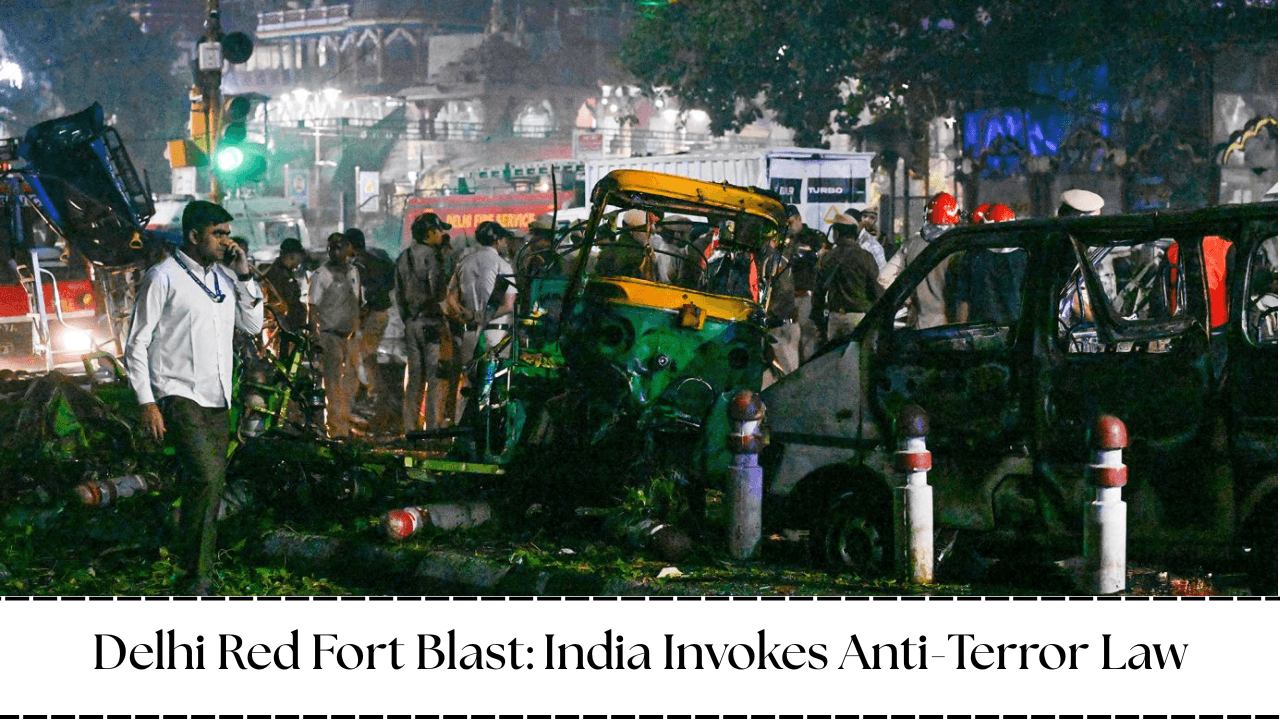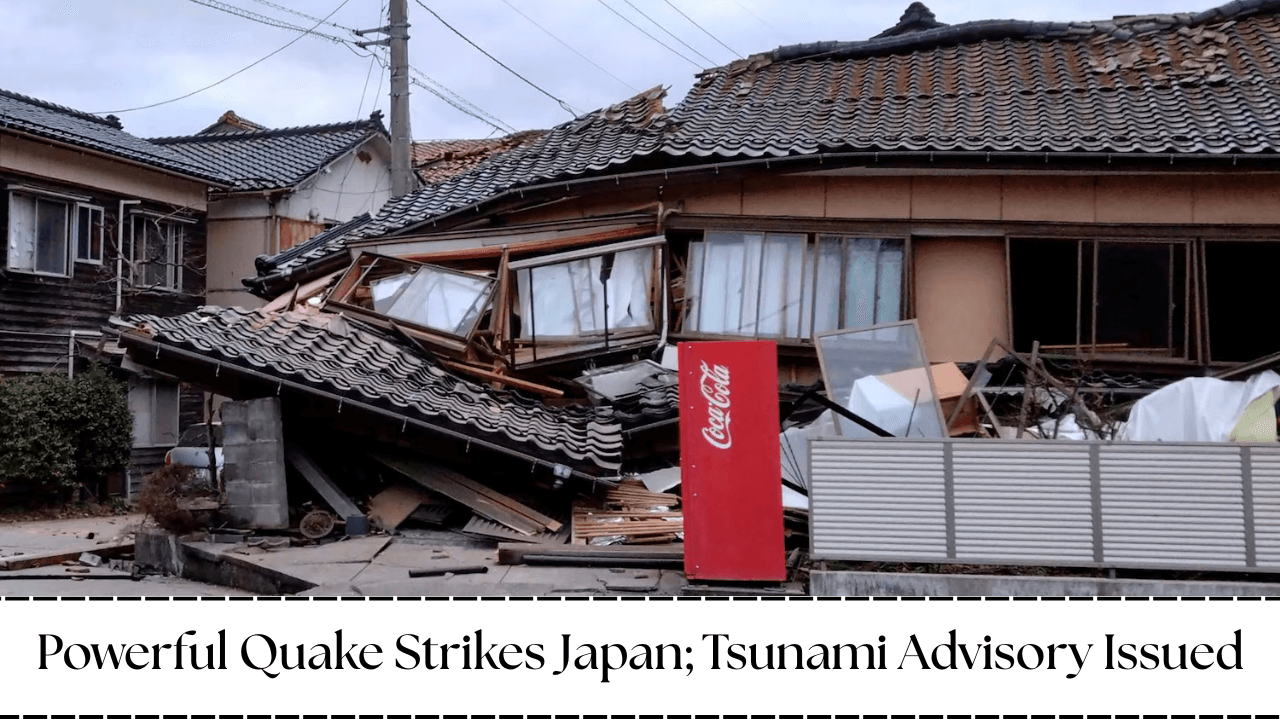Shocking Truth: 5 Facts About the Sonam Raghuwanshi Case
In a country where women’s safety remains a constant concern and justice often moves at a sluggish pace, the case of Sonam Raghuwanshi stands out as a heartbreaking yet eye-opening example of the challenges ordinary citizens—especially women—face while seeking justice. Though media coverage may have brought some attention to the case, the deeper questions it raises about safety, investigation quality, and accountability need more thought and discussion.

Who Was Sonam Raghuwanshi?
Sonam Raghuwanshi was not a celebrity, politician, or activist. She was a young woman with dreams, family ties, and aspirations like any other person in her age group. Her story became nationally known not because of who she was, but because of what happened to her—and how the system responded.
Sonam was a bright and independent young woman who lived in Madhya Pradesh. According to available accounts, she was pursuing her education and was known among peers for being ambitious and grounded. It’s stories like hers that remind us that the struggle for safety, dignity, and justice continues even in modern India.
The Mysterious Death
On a seemingly ordinary day, news broke that Sonam had died under suspicious circumstances. What initially appeared to be a suicide soon began to unfold like a complex thriller, with multiple theories, claims of foul play, and serious doubts about the authenticity of the initial reports.
Her body was found in her college hostel. Early reports framed it as suicide, but her family vehemently denied this claim. They pointed toward possible harassment, mistreatment, or other pressure that might have led to her death—or worse, that she was murdered and her death was being staged as suicide to protect powerful interests.
The Family’s Fight
Sonam’s parents and close family refused to accept the official version without questioning. They claimed she was not mentally unstable and had no reason to take such an extreme step. They highlighted inconsistencies in the postmortem report, the circumstances in which her body was found, and the gaps in the police investigation.
Their voices echoed the pain of many other families in similar situations—families that believe their loved ones were wronged but feel helpless against a system that can be intimidating, slow, or indifferent. The emotional strength required to pursue a case like this is immense, especially when the odds seem stacked against you.

The Investigation Concerns
One of the key concerns raised was about the initial handling of the case by local authorities. The first few hours and days after a suspicious death are critical for collecting evidence. Unfortunately, there were claims that the crime scene was not secured properly, and the investigation team failed to follow standard procedures.
Was this negligence? Was it a lack of training? Or was there something deeper, like an attempt to protect someone influential? These questions continue to trouble those following the case.
The demand for a fair and transparent probe led to public support and online campaigns. People began questioning the credibility of the local police and called for an independent or higher-level investigation, possibly by a central agency.
Public Response and Social Media’s Role
Social media played a significant role in bringing attention to Sonam’s case. Hashtags began trending, and users across platforms demanded justice. In the absence of consistent mainstream media focus, it was ordinary citizens who kept the conversation alive online.
This digital solidarity highlights how important public awareness and social media have become in modern-day justice movements. Without this pressure, cases like Sonam’s often fade away unnoticed.
However, social media also has its downsides. Rumors, misinformation, and unverified details often circulate quickly. While the intent may be genuine, spreading half-truths can hurt investigations and cause emotional damage to the people involved.
Institutional Inertia and Accountability
A larger problem that Sonam’s case brings to light is institutional inertia. In many cases involving the deaths of women, especially young women in educational institutions or workplaces, the first assumption tends to be suicide. There is often a reluctance to explore the possibility of external pressure, harassment, mental trauma, or criminal intent.
Moreover, families who question official findings are frequently made to feel like troublemakers. Their pain is often minimized, and their demands for thorough probes dismissed as “emotional reactions.”
This pattern needs to change. Institutions—from colleges to police departments—need to be more responsive, empathetic, and committed to uncovering the truth rather than closing the case as quickly as possible.
Broader Themes: Women’s Safety and Mental Health
While the specific details of Sonam’s case are deeply personal and complex, it reflects broader societal issues. Women’s safety continues to be an unresolved concern in many parts of India. Educational institutions that should be safe spaces often fail to provide adequate safeguards against harassment, bullying, or emotional abuse.
At the same time, the mental health of students is another area that needs urgent attention. Whether or not Sonam was struggling mentally, the lack of counseling support and safe communication channels within institutions could potentially have played a role in pushing her to an edge—if that was the case.
We must build environments where students, especially women, can speak up about their troubles without fear. The silence, stigma, or inaction surrounding their pain can have irreversible consequences.
Demand for Reform
Sonam Raghuwanshi’s case demands that we examine the way we handle suspicious deaths. It calls for reforms in how police investigations are carried out—especially when the victim is a woman. It demands better training for law enforcement, more forensic support, and transparency in autopsy and postmortem procedures.
It also raises the need for external review bodies to ensure that cases are not closed under pressure or misreported due to systemic shortcomings.
Most importantly, it calls for the collective conscience of society to remain alert, engaged, and empathetic. Only then can we hope to prevent more cases like this—and ensure that when something tragic does happen, justice does not become another casualty.
Conclusion: A Wake-Up Call
Sonam Raghuwanshi may not have known that her name would one day spark conversations about justice, women’s rights, and systemic reform. Yet, her case serves as a tragic wake-up call.
Whether she was a victim of foul play, institutional neglect, or emotional breakdown, the fact remains: the system’s response was not adequate. Her family’s cries for justice must be heard—not just for her, but for the thousands of others who remain unheard.
In remembering Sonam, we must pledge to build a safer, more just world—where every life matters and no question goes unanswered.
must read- zkfundaweb.com





Post Comment